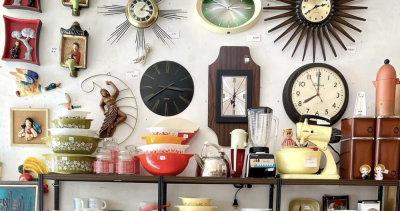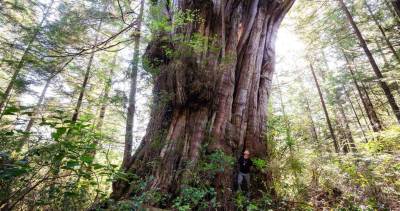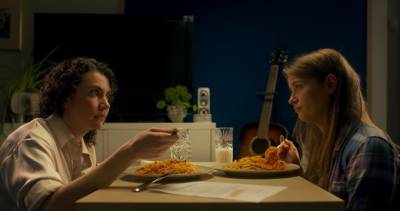Lani Maestro’s site-specific exhibition, her rain, speaks eloquently to its location
At Centre A until December 4
Stand on the sidewalk at Hastings and Carrall streets and look around you. Then peer at Centre A. Projected onto the gallery’s front windows during evening hours is a quickly passing, intensely pulsing poem, brenda console. Floating in the cavernous space are two more lines of poetry, configured in bright red neon: “NO PAIN LIKE THIS BODY” and its slightly twisted twin, “NO BODY LIKE THIS PAIN”. All this intangible text, written in light and beamed into darkness, complicates the passing reflections of buses, cars, and beleaguered human beings.
Lani Maestro’s site-specific exhibition, her rain, speaks eloquently to its location. It reflects Maestro’s initial reaction to the Downtown Eastside on her first visit to the gallery in 2008. Notorious across the country as “Canada’s poorest postal code”, the area often shocks visitors with its conspicuous social and economic degradation, its blatant drug dealing and addiction, its prostitution, brutality, disease, homelessness, and systemic racism.
“No Pain Like This Body, these are the words that first came to my head when I walked down Hastings Street in Vancouver to look at your space two years ago,” Maestro wrote to Centre A curator Makiko Hara in an email. “It has not gone away. It repeats itself. How can one ignore the particularity of that place?”
No pain like this body is the title of a 1972 novel by the Indo-Caribbean writer Harold Sonny Ladoo, who was born in Trinidad in 1945, emigrated to Canada in 1968, studied English at the University of Toronto, and died tragically young, apparently murdered, on a visit to Trinidad in 1973. His first novel, invoked here by Maestro, chronicles the struggles, suffering, and violence within a poor Hindu family in a rice-growing community in the Caribbean.
Trinidad’s Calcutta Settlement is a long way, geographically and demographically, from the Downtown Eastside. It’s a long way, too, from the artist’s own background: born and raised in the Philippines, Maestro established her acclaimed interdisciplinary art practice in Canada, and lives now on a farm in northern France. But perhaps it’s not such a great distance in the context of the legacy of colonialism. Nor is it distant in the ways poverty and cultural displacement affect how identity and perception are formed. Through evocation rather than description or didacticism, the artist explores how individuals evolve a sense of who they are in the world.
Accessible by day to Centre A visitors is Maestro’s installation, in which the neon versions of Ladoo’s title and its altered double are mounted on the gallery’s south wall. The interior of the vast, high-ceilinged space, once a streetcar terminus, is painted a soft sage green, complemented by white pillars and ceiling. Seating is arranged introspectively, with sofas and chairs facing inward, toward each other, and the overall effect is hushed, minimal, almost reverential. Suffering hovers in the air like a ghost.
Also on view in a walled-off area of the gallery is a black-and-white version of brenda console, the poem that is projected in shifting colours to the street at night. The lines of this poem appear and disappear so quickly that initially they roll off you nonsensically. After a few readings, they begin to cohere into reflections on connection and disconnection, diaspora, and an evolving sense of self. “Feed all living things with your collection of accents.”¦One day you will have no need to hang a picture on the wall.”
Brenda console is dedicated to a flamboyant, long-time Downtown Eastside resident who died in June at the age of 58. Hers was a life shaped by mental and physical illness, poverty and addiction—and an attachment to a most particular place.















Comments
1 Comments
Erie Maestro
Nov 26, 2010 at 1:40am
Robin Laurence has captured the essence of Lani Maestro's "her rain." When the gallery closes for the day, Lani's exhibit remains accessible. At night time, seeing the text projected into the street and the red neon signs brightly visible to passersby and the people in the community becomes another art experience in itself. Her art is able to reach out and this is what makes Lani's art so distinct and eloquent.